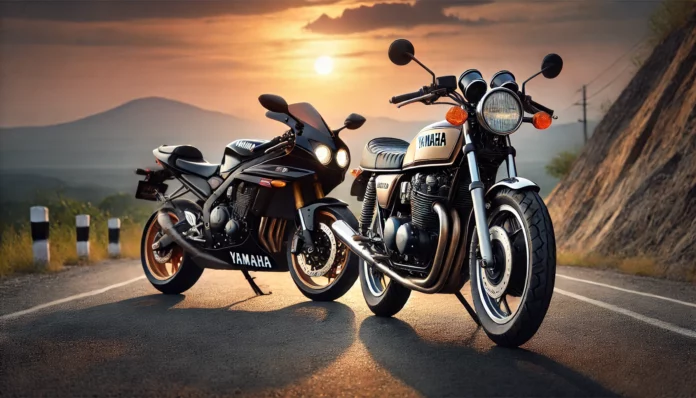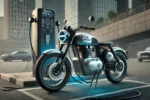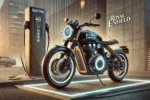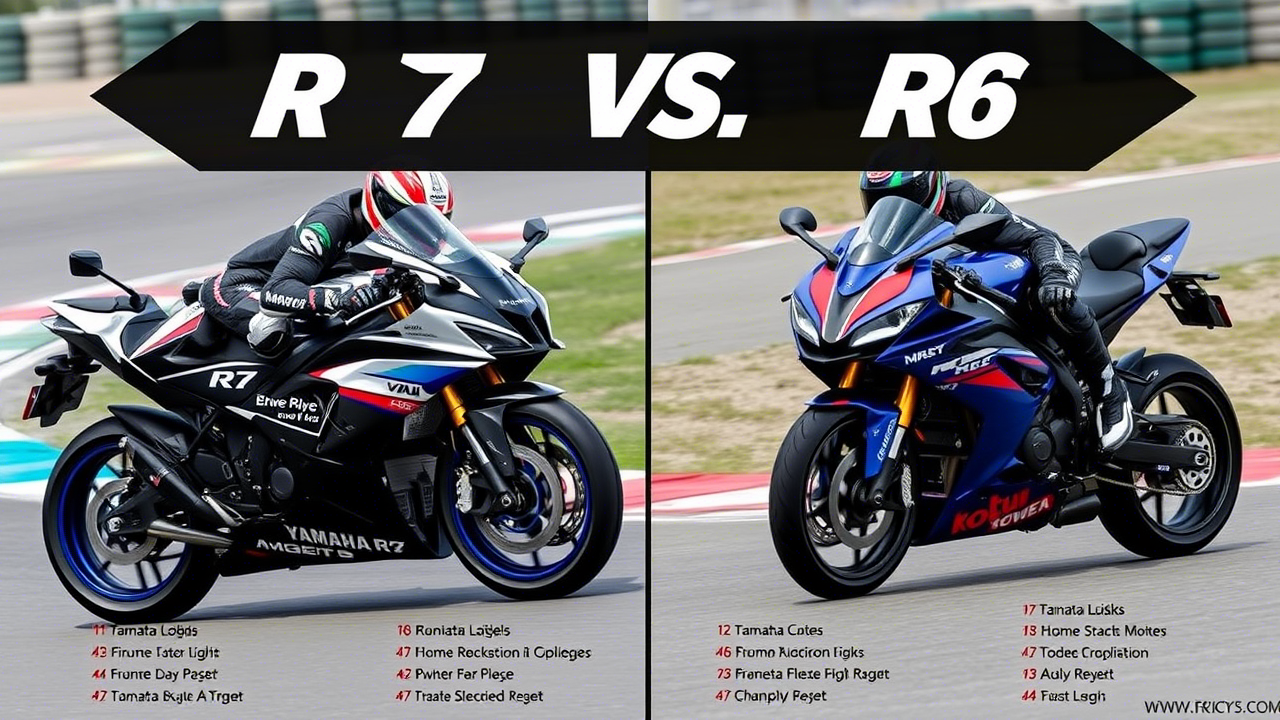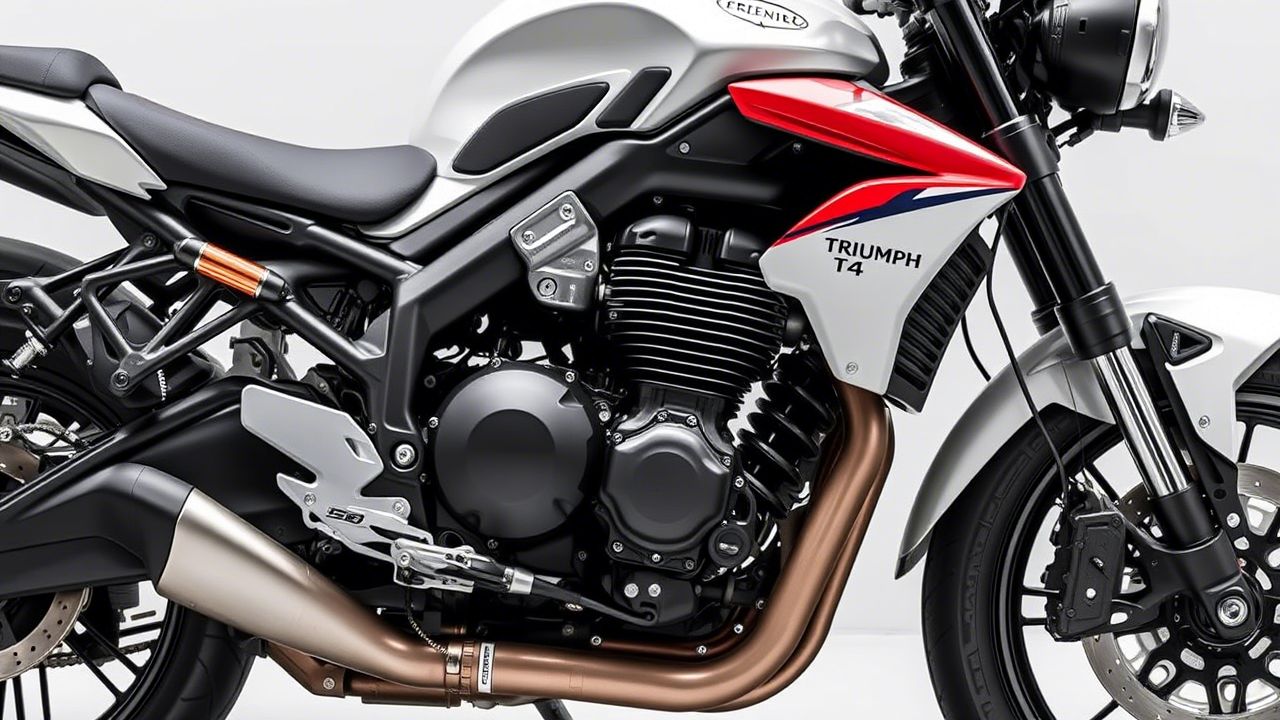The Yamaha RX100 is an undisputed legend in the world of motorcycles. Known for its lightning-fast acceleration, lightweight frame, and classic appeal, this two-stroke marvel ruled the streets in the 1980s and 1990s. But in an era dominated by advanced technology, fuel efficiency, and environmental regulations, does the Yamaha RX100 still hold up against modern bikes? Let’s compare and find out.
1. Engine Performance and Power
The Yamaha RX100 was powered by a 98cc, air-cooled, two-stroke engine that delivered an impressive 11 HP. It was known for its exhilarating throttle response and rapid acceleration, making it a thrill to ride. However, modern bikes in the 100-125cc category, such as the Yamaha MT-15 or Honda CB Shine, now feature four-stroke engines with better fuel efficiency, higher torque, and lower emissions. While they may not match the RX100’s raw power-to-weight ratio, they offer smoother and more refined performance.
2. Design and Styling
The RX100’s vintage design is a major reason for its cult following. Its minimalist styling, round headlamp, chrome-finished exhaust, and lightweight frame give it a timeless appeal. In contrast, modern bikes come with aggressive, aerodynamic designs, digital displays, LED lighting, and advanced bodywork. While new motorcycles may offer a futuristic look, the RX100 retains its classic charm that is hard to replicate.
3. Handling and Ride Quality
The RX100’s lightweight frame (just 103 kg) made it incredibly nimble and easy to maneuver, especially in city traffic. However, modern bikes feature advanced suspension systems, tubeless tires, and better braking mechanisms, including disc brakes and ABS. These improvements provide superior ride comfort, stability, and safety compared to the RX100’s traditional drum brakes and telescopic front forks.
4. Fuel Efficiency and Environmental Impact
One of the biggest drawbacks of the RX100 is its fuel consumption. Being a two-stroke engine, it consumed more fuel and produced higher emissions compared to modern four-stroke bikes. With stricter environmental regulations, two-stroke motorcycles have been phased out in favor of eco-friendly and fuel-efficient alternatives. Today’s bikes come with fuel injection technology, catalytic converters, and mileage figures that surpass what the RX100 could achieve.
5. Nostalgia vs. Technology
For many riders, the RX100 isn’t just about specifications—it’s about the emotion and nostalgia tied to the experience of riding it. Modern bikes may offer superior technology, including smartphone connectivity, digital dashboards, and traction control, but they lack the raw, unfiltered riding thrill that the RX100 delivers. Enthusiasts continue to restore and modify RX100s, proving that its legacy still holds strong despite technological advancements.
Does the Yamaha RX100 Still Hold Up?
The Yamaha RX100 remains a legend, cherished by bike lovers for its performance, design, and nostalgia. While modern bikes surpass it in terms of safety, efficiency, and technology, they struggle to match its raw character and iconic status. If you’re looking for a reliable, feature-packed ride, modern motorcycles are the way to go. But if you crave a machine that offers pure, adrenaline-pumping joy, the RX100’s legacy will never fade.
What’s your take on the RX100 vs. modern bikes debate? Let us know in the comments below!

